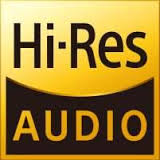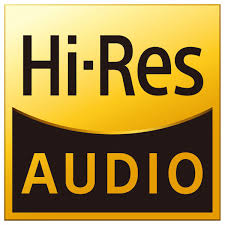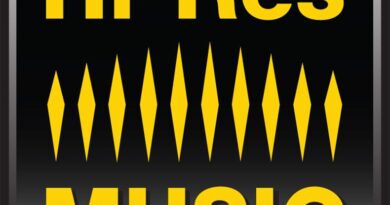
On the Subject of Better-Sounding Audio…
I’m the kind of guy for whom accurate audio is important. I’m an old-school audiophile, someone who believes that MP3s just aren’t good enough and that we need to find ways to make people care about high-fidelity again.
Three items on the subject of hi-res audio today. First, there’s Voxtok, a US-French concern that says it’s creating the newest and coolest generation of hi-fi gear. Full details at GizMag, but this video offers a preview.
Second, remember Kim Dotcom? He’s been threatening to launch a disruptive streaming music service for about a year now. Baboom is almost ready to go and promises to be the first service that streams in FLAC.
More at TorrentFreak.
Finally, this commentator believes that the whole high-res thing is a marketing boondoggle.
High-resolution music is a marketing ploy, but marketing only works when it’s done well. The music industry seems to not have learned from its past errors, and, in its new attempt to market high-resolution music, has created an alphabet soup that will confuse all but the most die-hard consumers.
Andrew Everard reports, on his blog, that the music industry has developed a new labeling system to describe high-resolution music. To begin with, it’s important to note that the “high-res” moniker tossed around willy-nilly covers a wide range of audio formats. It’s generally considered to be anything at a resolution higher than CD; in other words, at a bit depth or sample rate higher than the Redbook standard for CD of 16 bits, 44.1 kHz sample rate. So, a 16/48 recording is high-res; so is a 24/192 recording. And a DSD – Direct Stream Digital – is also high-res. But looking at the numbers, you can see that there’s a big difference. 24/96 is higher res than, say, 16/48, and DSD (2.8224 MHz) trumps them all. (But then there are even higher-res DSD formats…)
Now I’m confused…



